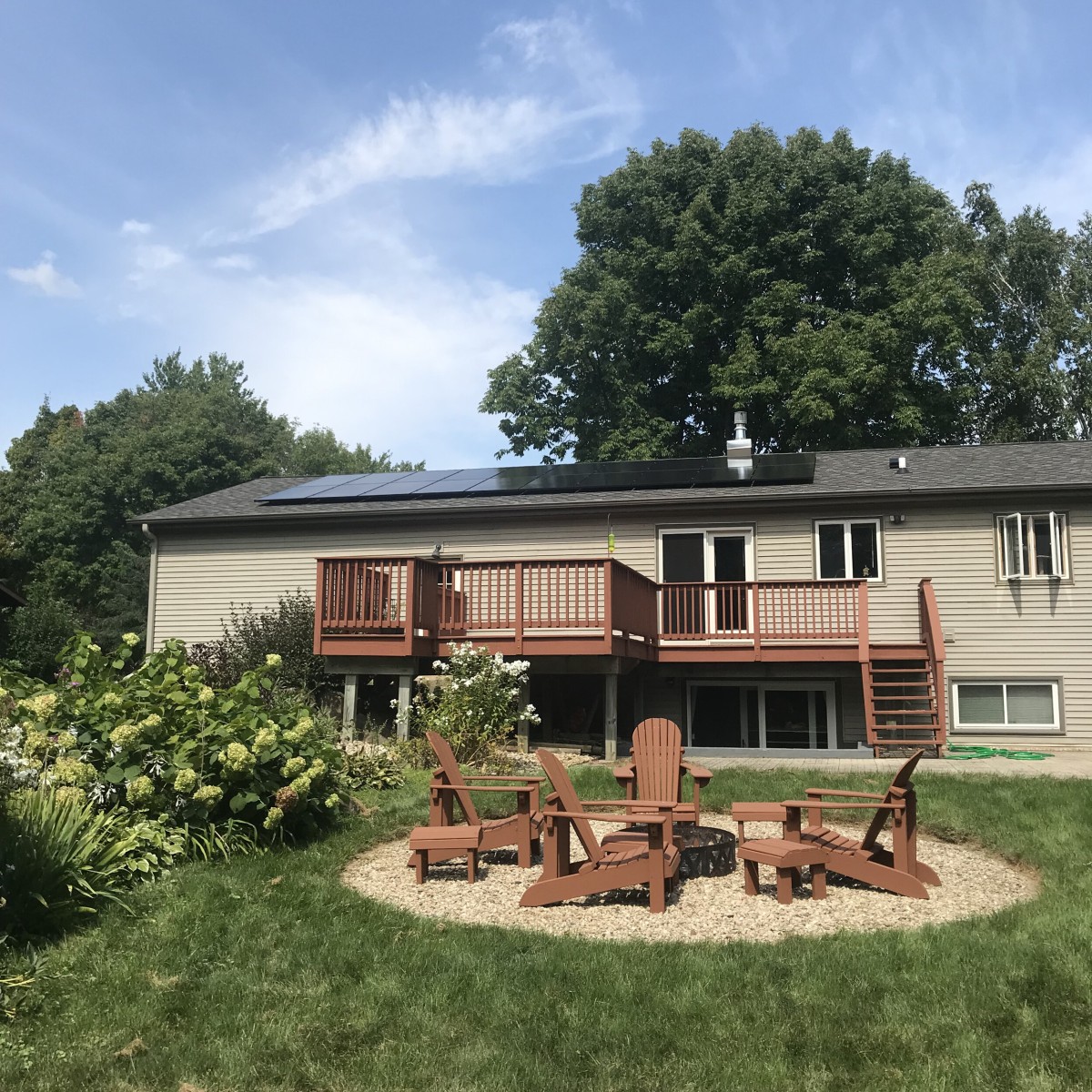Interested in going solar but want to know if you have a good home for an array? These six factors can help you judge if your home is right for a rooftop solar array.
Roof Direction
Homes with a large southern-facing roof are ideal for going solar because panels facing directly south produce the most electricity. Panels facing directly east or west produce about 15% less electricity; panels facing SE or SW produce only 7% less. Solar panels placed on north, northwest, or northeastern roof planes tilt away from the sun and lose 25% or more of their production potential depending on the roof pitch; placing panels on northern facing roof planes should be avoided.
Aesthetics may be a factor in deciding if you have a good home for a rooftop solar array. If your home faces directly south and you do not want to place panels on the front of your home, you may not have the best home for going solar. The roof height, shape, and color typically play a factor in how well solar panels fit onto the front of a home and we carefully design each array and choose panels to look aesthetically pleasing on each home.
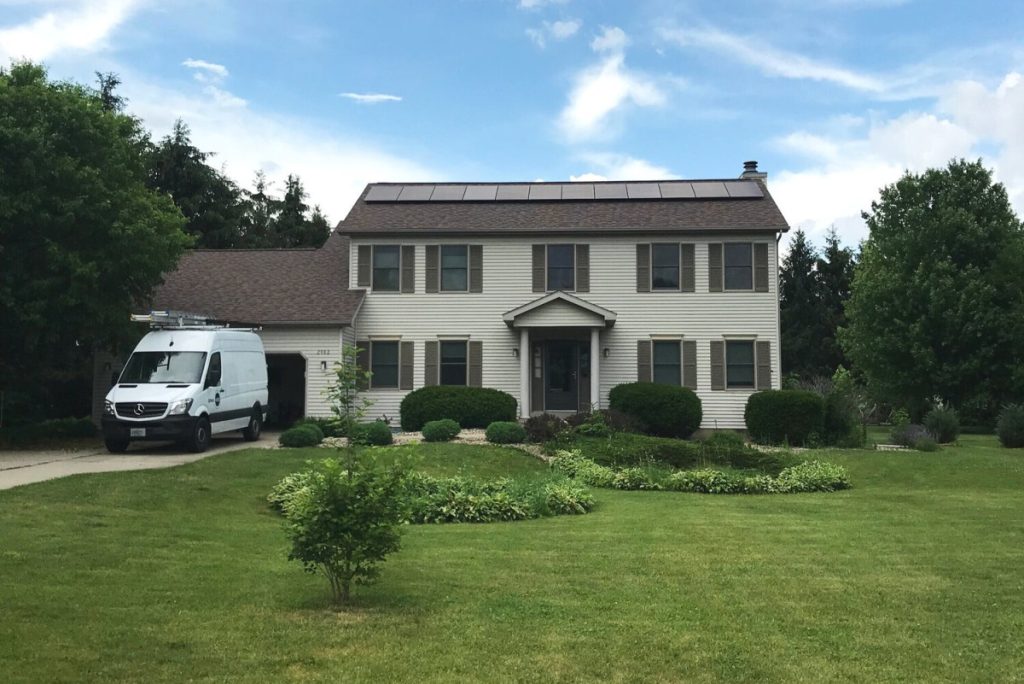
Solar on the southern-facing front of a home can match the roof space and look aesthetically pleasing.
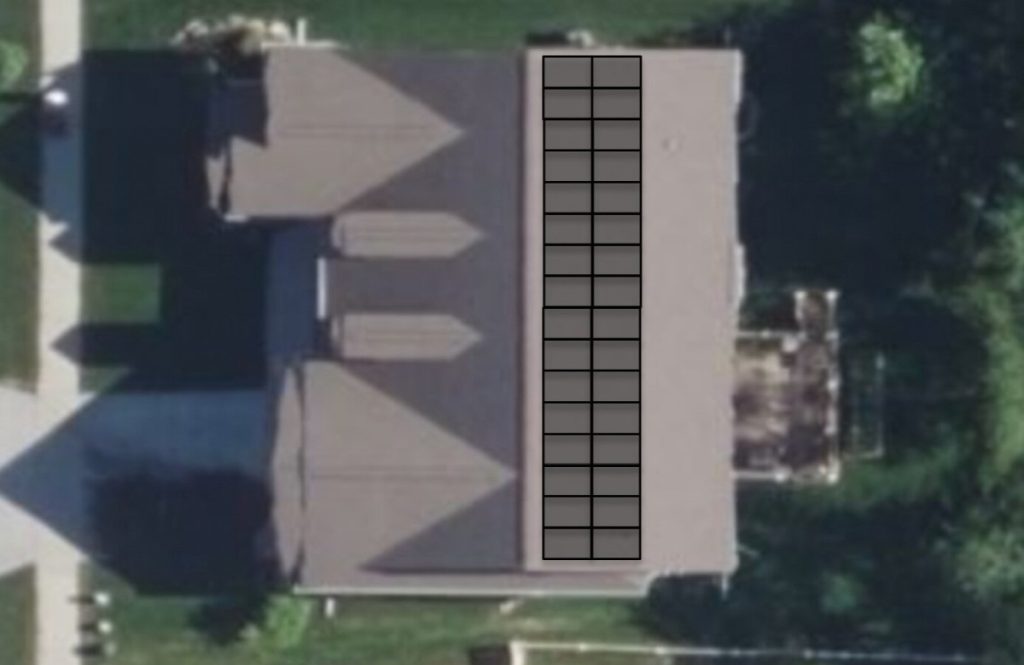
Solar panels can be placed on a east or west facing roof when a southern roof is not available.
Roof space
Almost every home has some southern, southeastern, or southwestern roof space. Large, unbroken, rectangular roof areas are ideal for mounting a solar array. A challenge arises if the southern-facing roof space is too small to accommodate the number of solar panels needed to power the household. Dormers and other complex roof patterns can also leave little space to fit solar panels or may require a solar array to be broken up among many smaller roof planes. Installing multiple small groupings of solar panels also adds a bit to the cost and may or may not meet the aesthetic goals you have for your home.
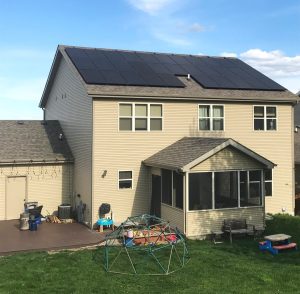
An ideal roof-space for solar: large and rectangular.
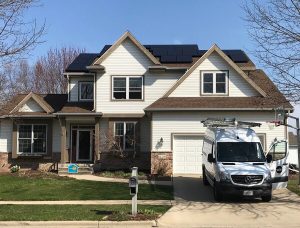
With some good design, solar panels can also be placed on more complex roof spaces.
Shade & Trees
Solar panels create energy from sunlight and should be placed away from sources of shade. A solar panel in the shade of a tree produces 90% less energy than a solar panel placed in the sun.
Most homeowners run into issues when they have trees planted close to their home or large trees to the south of their home; either situation can cast significant shade on your rooftop. Removing trees or installing a ground-mounted solar array on an unshaded part of your property may be the best option for going solar when trees are an issue.
Solar panels can still be installed on rooftops with some shade but adding a solar array becomes less productive and less cost effective the more shade you have. We typically like to see 10% of shade on a roof or less over the course of a day, 20% at the highest, when assessing if a home is right for solar.
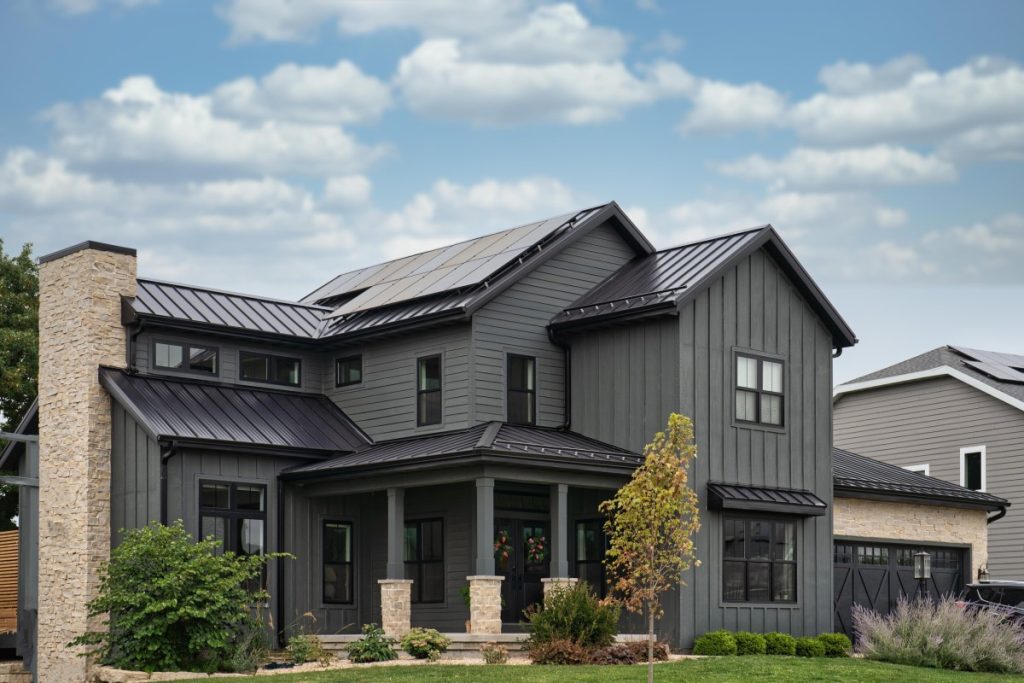
An ideal roof doesn’t have any shade from surrounding trees or buildings.
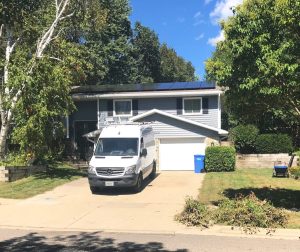
Some homeowners with higher-than-recommended levels of shade may decide to go solar by adding additional panels to make up for some of the loss due to shade or accepting lower annual electricity production.
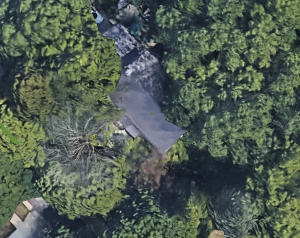
Some homes may look like they get some sunlight but truly have too much shade from surrounding trees to make solar a viable option for their home.
Roof age
In general, we recommend that homeowners with asphalt shingle roofs over 10 years old consider reroofing before installing a rooftop solar array. Most of the deterioration from asphalt shingle roofs occurs due to UV radiation, and some shingle deterioration has likely already occurred in roofs 10 years old and older. Rooftop solar arrays last 30-40 years and the cost of labor to take them down and reinstall them to allow for re-roofing is significant so it makes sense for some homeowners to re-roof before going solar. You can read more about the considerations for re-roofing on our website here.
Roof structure
Based on the age and structure of your home, your roof may need structural reinforcements to handle the added load of rooftop solar panels. Typically, older homes with a rafter roof structure will need structural upgrades within their attic space. (Homes built in the 1950s and earlier likely have rafter construction.) Newer homes with a truss roof structure will not need structural upgrades to go solar. (Homes built in the 1970s and later likely have truss construction.) The need for structural reinforcements may add a couple of thousand dollars to the cost of going solar. In some cases, structural upgrades are not possible without major renovations, such as when the home has finished attic space or a drywalled lofted ceiling, when the rafters begin in the second story rather than at the attic floor, or when an attic space is too small to allow structural reinforcements to be placed.
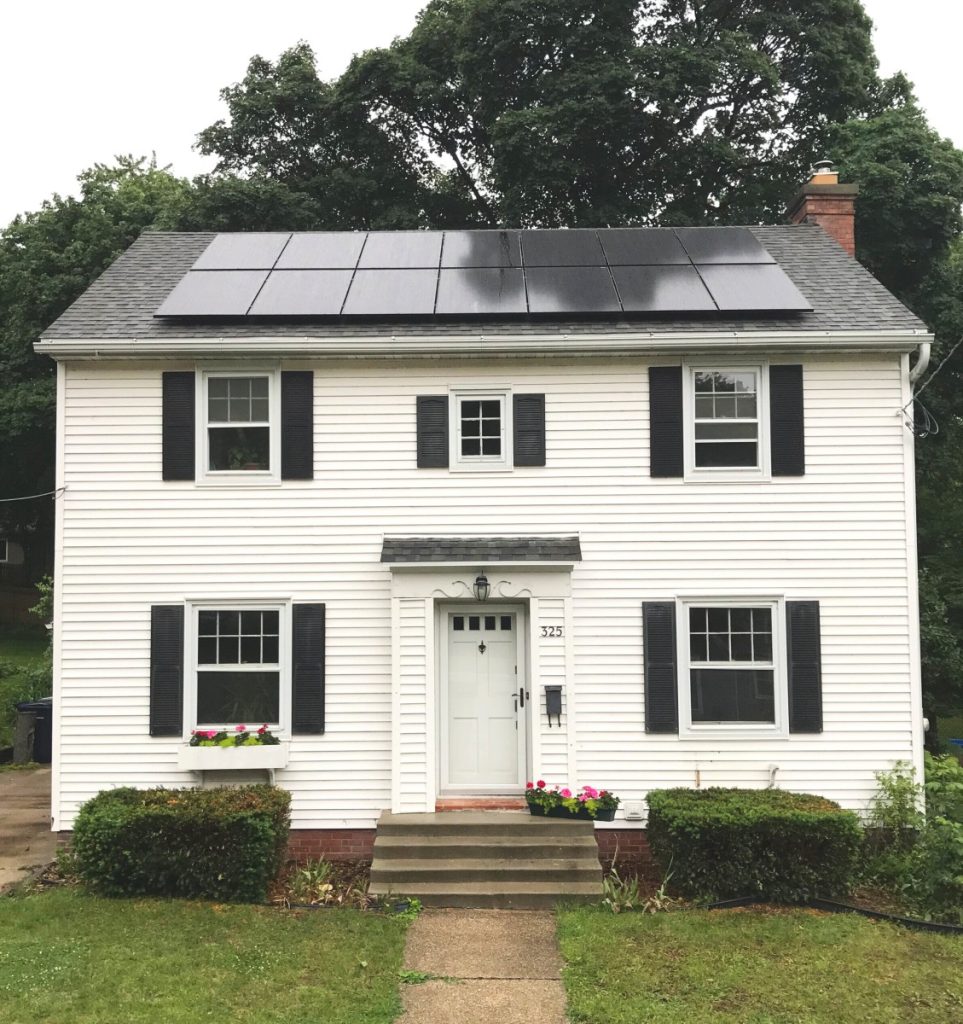
This older home required both structural upgrades and electrical upgrades in order to go solar.
Electrical System
In some homes, modifications and upgrades to the electrical systems are required to handle the incoming solar energy. If you have an older or smaller home with a 100 amp main panel, you may need to replace it with an electrical main panel with a higher capacity (200 amp) main panel to handle the incoming solar energy. We can calculate your electrical system needs based on the solar array design and an area electrician could be contracted to do a main panel upgrade if it were required before going solar. Newer homes looking to add a large array may need some minor electrical upgrades that can be done at the same time as the solar installation at a small additional cost.
Many homes can become a great solar home with some work and some additional cost. Roofs can be re-roofed, structural upgrades to the roof structure can be added, and electrical main panels can be upgraded. Other homeowners face tough decisions about removing trees and the placement of solar panels in order to go solar. And unfortunately, some homes are just not the right fit for a rooftop solar array based on their structure, location in a heavily wooded area, or complex roof lines with lots of dormers.
For those homes unable to install rooftop solar, your utility may offer options for owning a share of a community solar array. You can learn more about MG&E’s Shared Solar program here and Alliant’s Community Solar program here.
Still not sure if your home is right for a rooftop solar array? Reach out to us at mdrews@drewssolar.com and we would be happy to take a quick look at your roof and let you know.

